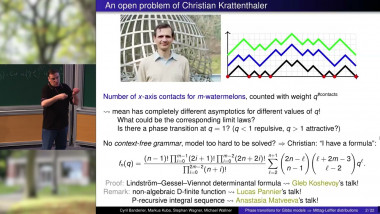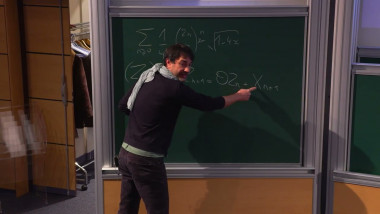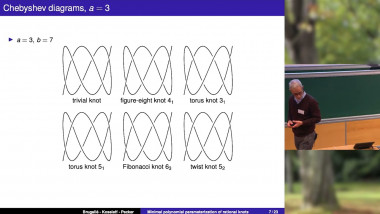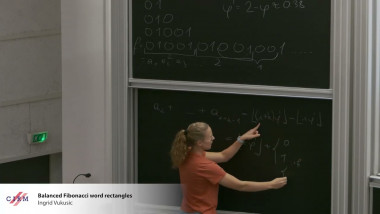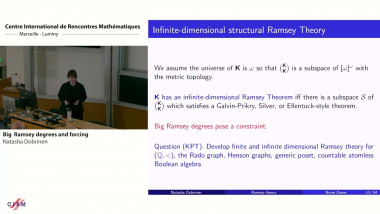Appears in collection : International workshop on graph decomposition / Rencontre internationale sur les méthodes de décomposition de graphes
A central concept in graph theory is the notion of tree decompositions - these are decompositions that allow us to split a graph up into "nice" pieces by "small" cuts. It is possible to solve many algorithmic problems on graphs by decomposing the graph into "nice" pieces, finding a solution in each of the pieces, and then gluing these solutions together to form a solution to the entire graph. Examples of this approach include algorithms for deciding whether a given input graph is planar, the $k$-Disjoint paths algorithm of Robertson and Seymour, as well as many algorithms on graphs of bounded tree-width. In this talk we will look at a way to compare two tree decompositions of the same graph and decide which of the two is "better". It turns out that for every cut size $k$, every graph $G$ has a tree decomposition with (approximately) this cut size, such that this tree-decomposition is "better than" every other tree-decomposition of the same graph with cut size at most $k$. We will discuss some consequences of this result, as well as possible improvements and research directions.
